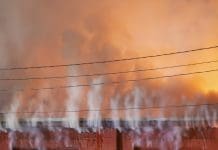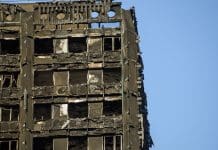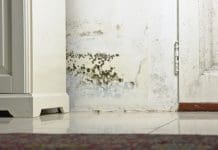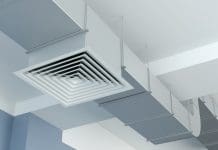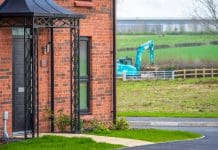The Property Care Association has called for more rigorous enforcement of building regulations to tackle issues with damp and mould in homes
The Property Care Association is calling for more stringent enforcement of Building Regulations to tackle increasing problems with damp and mould in homes.
400-plus PCA members have reported seeing a significant rise in problems with excess moisture in properties across the UK.
As more and more homes are designed to be energy efficient and retain heat where possible, ventilation has become critical in the new generation of humid homes.
The current system is failing to handle the issue
Steve Hodgson, chief executive of the Property Care Association, said: “Stories in the media continue to highlight the issues of damp and mould in the home, most recently the tragic case of two-year-old Awaab Ishak, who, a coroner concluded, died as a result of a severe respiratory condition caused by prolonged exposure to mould in his home.
“While this is a rare, tragic case, the presence of damp and mould in homes is a common and growing problem across the UK with implications for the health of homeowners and tenants, which potentially affects both its fabric and the comfort and wellbeing of occupants if left unchecked.
Building regulations on damp and mould must reflect evolving standards of energy efficiency
“A number of factors are contributing to the rising trend, predominately linked with modern living,” Hodgson continued.
“These include increased levels of occupation and rising fuel costs, as well as a drive to make homes more energy efficient.
“Efforts to reduce air leakage through draught proofing and retrofit insulation, as well as the changing climate patterns – featuring warmer, wetter weather – are also of significance.
“We believe the frequency of problems associated with damp and mould from indoor air is only set to get worse, with unseen and as yet underestimated problems being created due to these new pressures on properties.
“However, despite the impact that good ventilation can have on a property’s moisture levels, the current regulation and guidance setting out minimum requirements in homes is mixed and usually ignored or misunderstood.
“This needs addressing as a priority, as a great many of the problems faced could be improved through the correct use of appropriate ventilation strategies.”
Approved Document F addresses ventilation in homes, but is underenforced in its current form
James Berry, the PCA’s technical manager added: “Approved Document F does not get the attention it deserves and is not enforced to the same extent as other areas of the Building Regulations, but the effects of failing to provide adequate ventilation should be taken much more seriously.”
“We conducted a poll during a recent webinar on ventilation and over 72 percent of the delegates believed less than 30 percent of installs in new builds complied with building regulations.
“It is our belief that unfortunately the situation is much worse in our existing buildings so, if we are struggling to get this right in new builds, we need to question where the infrastructure is in place to ensure quality and compliance across our existing housing stock.”




